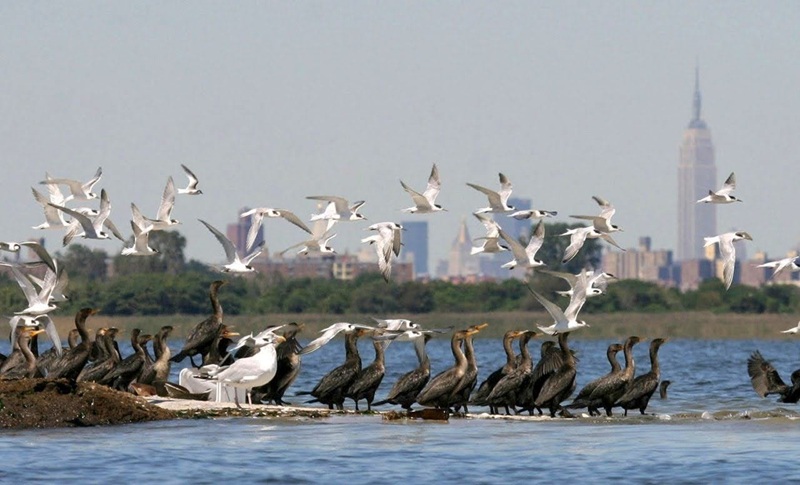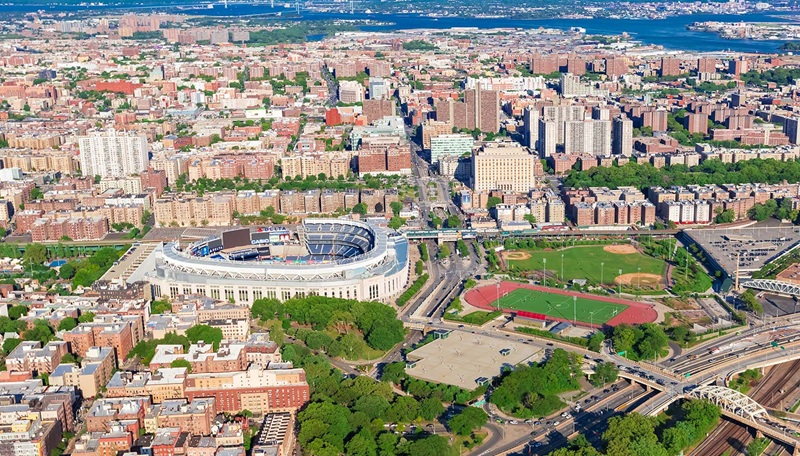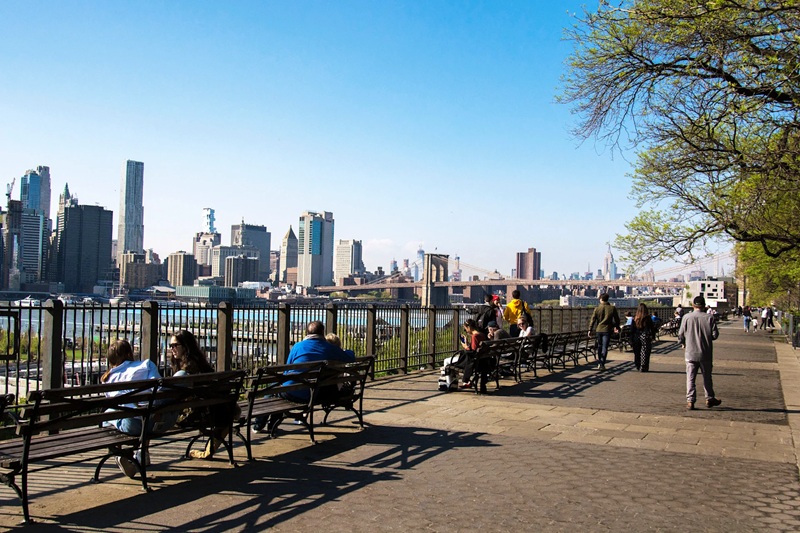
Nestled between Brooklyn and Queens, the Jamaica Bay Wildlife Refuge is a unique urban sanctuary that offers a tranquil retreat from the bustling streets of New York City. Spanning more than 9,000 acres of diverse ecosystems, this refuge is one of the most significant bird habitats in the northeastern United States and a vital part of the Gateway National Recreation Area.
Overview
Established in 1972, Jamaica Bay Wildlife Refuge is a hotspot for bird watchers, nature enthusiasts, and outdoor adventurers. The refuge encompasses a mosaic of habitats, including salt marshes, freshwater ponds, upland fields, woods, and an open expanse of Jamaica Bay. These environments support a rich variety of flora and fauna, making it a critical stopover for migratory birds along the Atlantic Flyway.
Key Features
- Bird Watching
The refuge is a paradise for bird enthusiasts, with more than 330 bird species recorded here. Visitors can spot species such as snowy egrets, peregrine falcons, and ospreys, as well as seasonal appearances by waterfowl and songbirds. - West Pond and East Pond
These two freshwater ponds are the focal points for wildlife observation. West Pond features a scenic trail with breathtaking views of the bay, while East Pond is a hotspot for shorebirds during migration seasons. - Diverse Wildlife
In addition to birds, the refuge is home to turtles, diamondback terrapins, butterflies, and other small mammals. The salt marshes teem with marine life, including crabs and fish. - Visitor Center
The refuge’s Visitor Center offers educational exhibits, maps, and information about the area’s history, ecology, and ongoing conservation efforts. It also serves as a starting point for guided tours and programs.
Activities and Experiences
- Hiking and Nature Trails
The refuge features several trails, such as the West Pond Trail, where visitors can enjoy views of the bay, salt marshes, and Manhattan’s distant skyline. Trails are well-marked and vary in length and difficulty. - Bird Watching Tours
Guided tours led by rangers or local experts are available year-round, offering insights into the bird species and habitats of the refuge. - Photography
The serene landscapes and abundance of wildlife make Jamaica Bay an ideal spot for nature photography. - Kayaking and Canoeing
While not directly within the refuge, the surrounding waters of Jamaica Bay offer opportunities for kayaking and canoeing, allowing visitors to explore its marshes and islands. - Educational Programs
The refuge hosts workshops, lectures, and family-friendly activities focused on environmental conservation and local wildlife.
Seasonal Highlights
- Spring
A prime time for bird watching, as migratory birds return to the area. Wildflowers begin to bloom, adding color to the landscape. - Summer
The nesting season for birds like ospreys and herons. Diamondback terrapins come ashore to lay their eggs in the sandy areas of the refuge. - Fall
The autumn migration brings a diverse array of shorebirds and waterfowl. The crisp air and changing foliage enhance the experience of hiking and exploring. - Winter
A quieter time in the refuge, with sightings of overwintering species such as ducks and raptors. The peaceful surroundings offer a serene escape.
Conservation and Significance
The Jamaica Bay Wildlife Refuge plays a crucial role in preserving the region’s natural ecosystems. The National Park Service (NPS) works diligently to manage invasive species, restore habitats, and monitor wildlife populations. Educational programs aim to raise awareness about the importance of biodiversity and the challenges posed by climate change and urban development.
Visitor Information
- Getting There
The refuge is accessible by public transportation, including the A train to Broad Channel Station, followed by a short walk. Parking is available for those driving. - Hours and Admission
The refuge is open daily from sunrise to sunset. The Visitor Center operates with specific hours and offers free admission. - Rules and Regulations
To protect wildlife, activities such as fishing, biking, and bringing pets are restricted in certain areas. Visitors are encouraged to follow Leave No Trace principles.
Why Visit Jamaica Bay Wildlife Refuge?
- Natural Beauty
The refuge’s peaceful landscapes and scenic views provide a refreshing break from city life. - Wildlife Encounters
Whether you’re an avid birder or a casual observer, the diversity of species ensures there’s always something to see. - Environmental Education
Jamaica Bay offers an opportunity to learn about conservation efforts and the delicate balance of urban and natural ecosystems.
Conclusion
Jamaica Bay Wildlife Refuge is a testament to the resilience of nature within an urban setting. Whether you’re exploring its trails, observing its wildlife, or simply enjoying the serenity of its surroundings, the refuge offers a unique connection to the natural world that’s just a subway ride away from the heart of New York City.
Location
Address : 175-10 Cross Bay Blvd, Broad Channel, NY 11693, United States
Website : Jamaica Bay Wildlife Refuge

